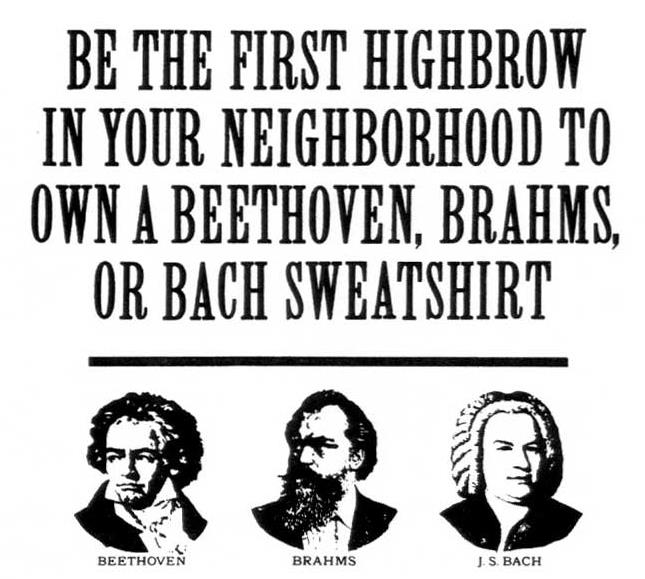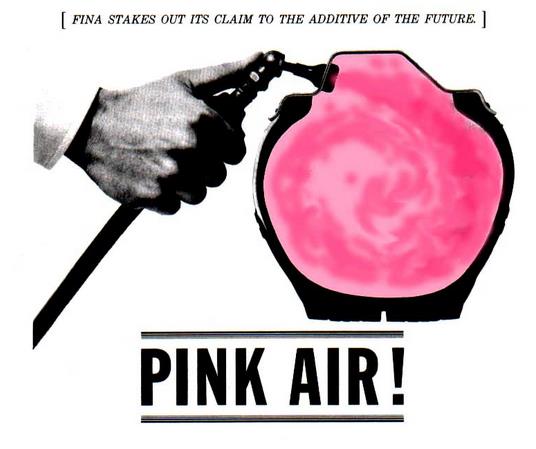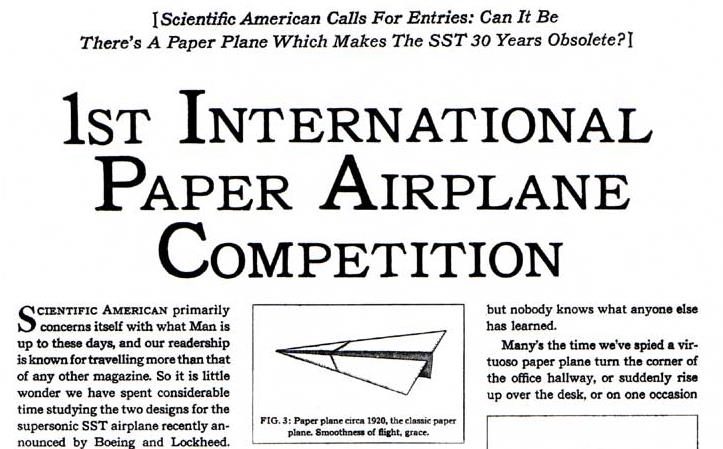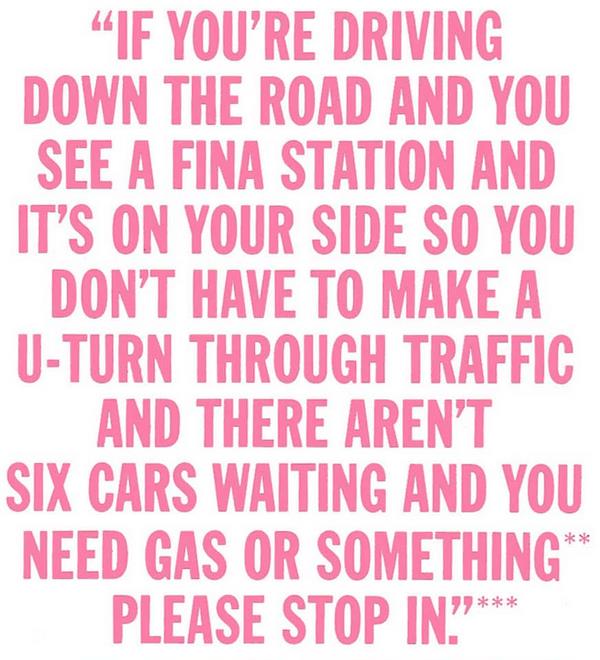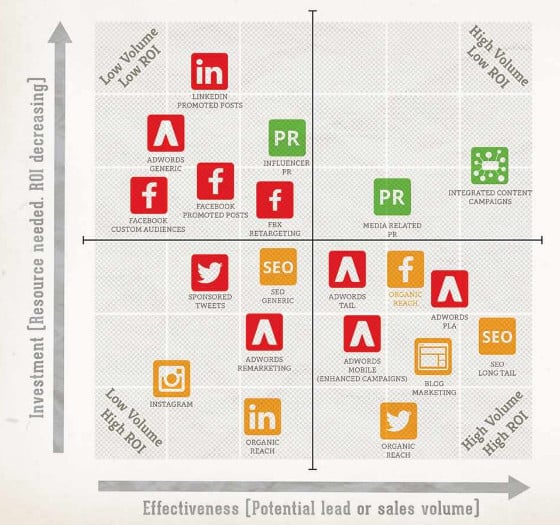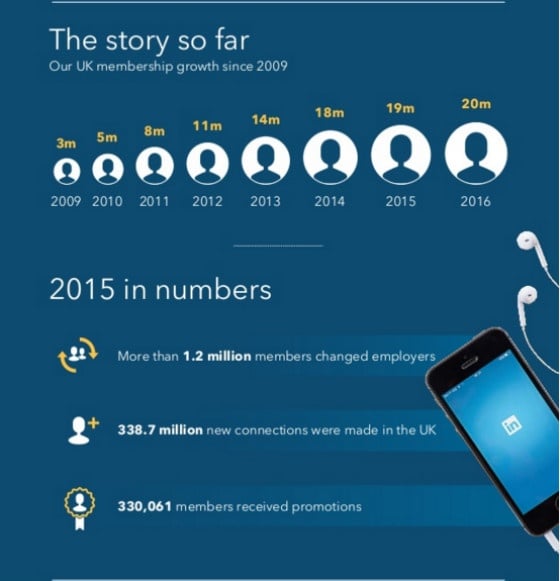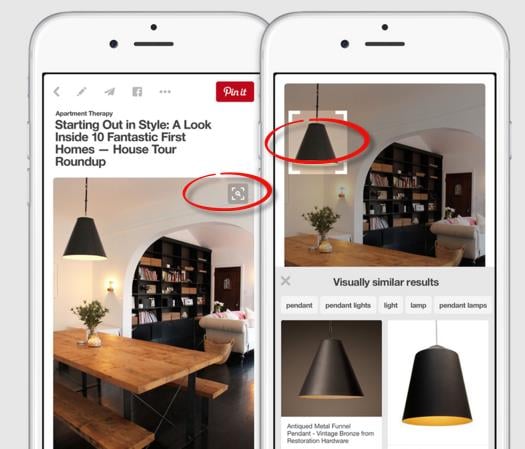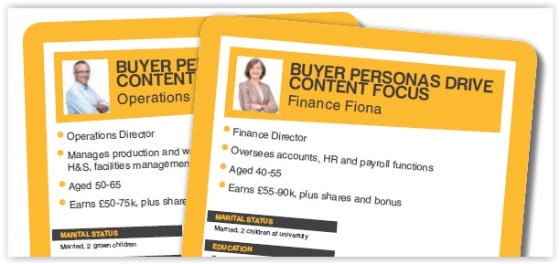ClickThrough copywriter Oliver Pyper has been inspired by some fantastic content marketing campaigns recently. But, he argues, there are still some pointers we could take from one of the shrewdest marketers of 50 years ago.
Some stunning content marketing campaigns have emerged in recent times.
It looks like marketers have finally learnt how to use the almost-limitless potential of the web to their advantage. The infant Internet is growing its first teeth.
But delivering innovative content in innovative ways is nothing new.
Back in the ‘golden age of advertising’, marketers took great leaps with their limited resources in order to engage audiences in interesting ways.
And one man trumped them all: Howard Gossage, ‘the Socrates of San Francisco’.
Despite entering the advertising industry relatively late in life, Gossage created some of the most inspiring examples of content marketing I’ve ever seen. In the 1960s. With a fraction of the tools and resources we have today.
And many of Gossage’s techniques are still relevant to content marketing today.
Here are a few of my favourites.
Order a Beethoven Sweatshirt (Oh, and this Beer’s Really Great Too)
Billed as a “public service announcement” by Rainier Ale, this ad urged readers to “be the first highbrow in your neighbourhood to own a Beethoven, Brahms or Bach sweatshirt.”
This was, apparently, in accordance with Rainier Ale’s “policy of bringing culture to the masses.”
Most marketers would have waxed about the delicious flavours, bigged up the brand, or otherwise focussed on beer to at least some appreciable degree.
But Gossage draws us in with a story of radio station sponsorship, ‘highbrows’ and ‘lowbrows’, and the entertainment value of classical music.
It’s written in an enormously engaging, conversational tone (“They fit anybody in a roomy sort of way if you shove the cuffs up”), with frequent asides.
It’s nigh-on impossible not to want to read to the end.
To Gossage, the importance of entertaining and engaging his audience was more important than sales patter. He focused on customers: known now to digital marketers as “users”.
He knew that by weaving in multiple levels of engagement – a fantastic narrative, jokes and asides, a coupon to cut out and send off – his readers would remember the brand by virtue of being thoroughly amused.
Then and Now
The Beethoven ad is full of direct comedy.
And it gives Rainier Ale a voice that’s so chatty and so honest, it seems almost ridiculous in context.
This, and its off-the-cuff, monologue-like delivery, reminds me of Old Spice’s ‘The Man Your Man Could Smell Like’ YouTube campaign.
It even has some of the Old Spice ad’s ironic hyper-masculinity. “Our Product has a good male color and a good male flavor – it is for men,” Gossage writes, before a sly, self-aware wink to camera – “but music and sweatshirts are for everybody” – and then a sudden (and hilarious) change of gears: “WARNING Don’t try to swill it down like beer. Rainier Ale is more substantial, it should be drunk like, and given the same respect as, a highball.”
By 1966, Your Car Tyres Will Be Full of Pink Air
This wonderful series of ads was an inspired exercise in subversion and fantastic imagery.
First, it was subversive in its overall messaging. The subject of the campaign, Fina, was a petrol station brand, which also refilled tyres. The copy claimed that within ten years, petrol stations would be adding colourants to its air.
And as an “alert young oil company,” Fina had already staked out pink air, and was going to beat the other companies by bringing their coloured air to market in just five years’ time.
It also subverted the one-page ad format in quite daring ways. For example, in one ad, at least 75% of the printable page is taken up with the company’s ‘motto’: “If you’re driving down the road and you see a Fina station and it’s on your side so you don’t have to make a U-turn through traffic and there aren’t six cars waiting and you need gas or something please stop in.”
No short snappy slogan. Barely any punctuation. Three footnotes in tiny text.
Gossage’s faith in his audience’s intelligence was quite extraordinary.
He knew they wouldn’t really believe in pink air, and would understand the not-so-subtle wink to the trend for unnecessary adulterants.
He knew they’d appreciate the honesty of the ‘motto’.
He knew they’d enjoy the subversion of small print – transforming it from boring, jargonistic legal language to genuinely funny asides. And he knew they’d engage with the ‘treasure hunt’ as their eyes followed the asterisks from the top portion of the page to the bottom.
And he knew that, despite the fact they 100% ‘got’ the advert, they’d still send off for the free sample of pink air, just to see what they got back.
When he subverts the form in such a powerful way, it doesn’t seem like risk taking, it seems like common sense.
Then and now
The ‘pink air’ ad is classic link bait.
It plays on novelty, and evokes powerful images in the mind of the reader.
This is a favourite trick of Gossage’s – he doesn’t just create engagement, he creates thoughts.
For a modern analogue, you only have to look to the novelty gear sold by firms like Firebox.
From beard hats to unicorn meat, Firebox’s products (and product descriptions) are powerful enough to get shares on novelty value alone.
And, like Gossage and his pink air, Firebox knows its customers are intelligent enough to know they’re not actually going to receive choice cuts of unicorn in the post.
Destroy This Ad, Turn it Into a Paper Plane
This might be my favourite Gossage creation of all.
This ad, for Scientific American magazine, urged would-be customers to make their own paper planes and enter them into the “1st Annual Paper Plane Competition.”
This is delivered in just about the only format Gossage had at his disposal – long-form magazine copy.
But he makes the most of his medium. He breaks the fourth wall and unwritten rules of advertising, and encourages readers to engage with his copy by tearing the page out, and using it to create their plane.
It’s buried deep in the footnotes, but you can sense Gossard’s glee as he steers his audience towards wilful destruction: “Please feel at liberty to rip out this page, fold it, and use it as your official entry.
“If you find newsprint is not suitable to your particular design, however, use your own paper of any size and description.”
And as with the pink air ad, Gossage trusted the audience to understand its ironic nods, as he wedged his oral muscular hydrostat in his cheek and claimed the intention of the ad was to find the next great aeronautical engineer.
“But who is its designer? Is he a Board Chairman or a stock boy?” asked Gossage, “and what has he done lately?”
Then and now
Gossage tapped into a perennial human truth for this ad: people love to break stuff.
If you need any further proof of this, just turn to one of the most popular content marketing campaigns ever – Will it Blend?
Like BlendTec’s viral ad campaign, Gossage encourages users to engage with a somewhat stuffy subject – but with a childlike sense of fun.
BlendTec harked back to the relatively modern phenomenon of using kitchen appliances for things they shouldn’t be used for (tinfoil in the microwave, anyone?).
Gossage did the same, 1960s style. He wanted his readers to tear, share, and make cool planes.
And the innovative ways he bends the rules of the medium reminds me of Tippex’s ‘hunter shoots a bear’ video.
What Howard Gossage Can Teach Us About Content Marketing
Gossage innovated with his limited resources, and created concepts that are still enormously powerful 50 years later.
Any one of the three ideas I’ve highlighted could become very successful online. As videos, or serialised blogs, or whatever.
The best examples of content marketing today show that Internet users are willing to be challenged, they’re willing to share, and they’re willing to engage with content by filling in forms, or signing up for updates.
(Need proof? Watch this fantastic video which highlights how prepared people are to share personal information online.)
Gossage’s ads ticked all of these boxes.
And I think the adaptability of his ideas proves there’s no need to reinvent the wheel.
There is no secret to effective content marketing, aside from great ideas.
Innovate, create, deliver effectively – and the rest will follow.
I can only imagine what Gossage would create if he could reach as many people as we can today, and had the same tools and resources we have at his disposal.
Thanks to the LA Creative Club's Howard Gossage Sampler and http://www.howardluckgossage.com/ for the use of images.




